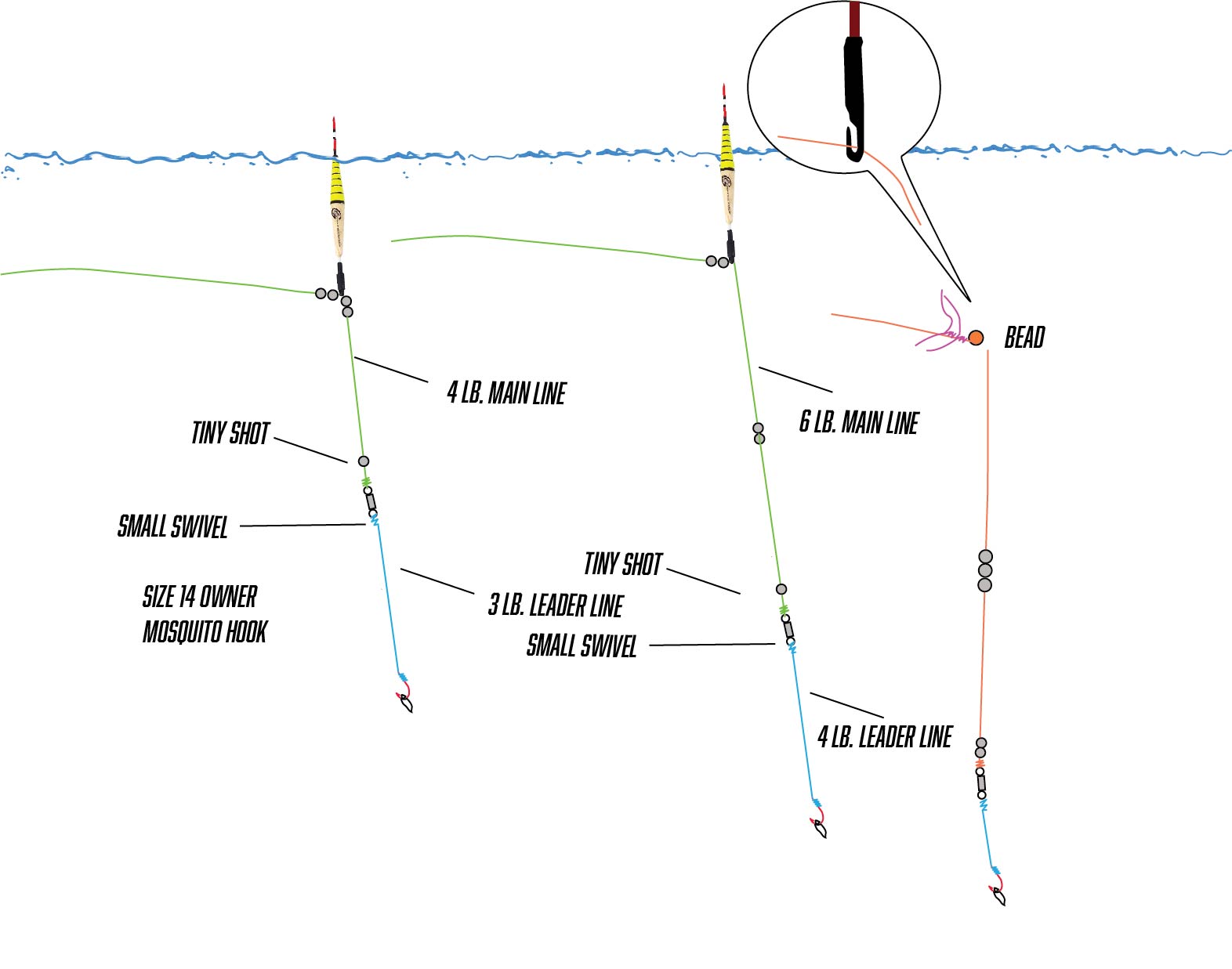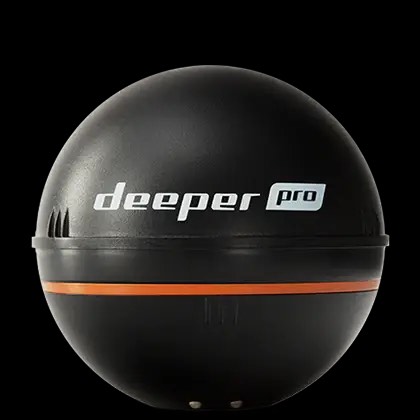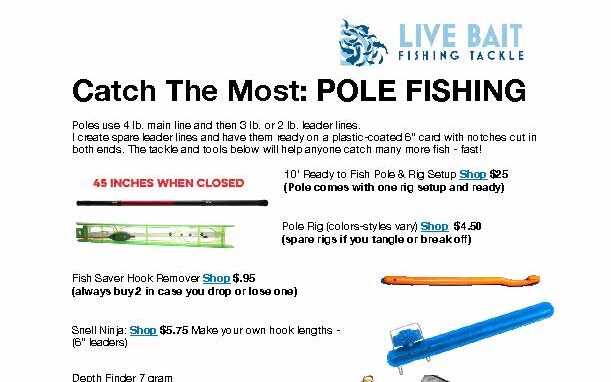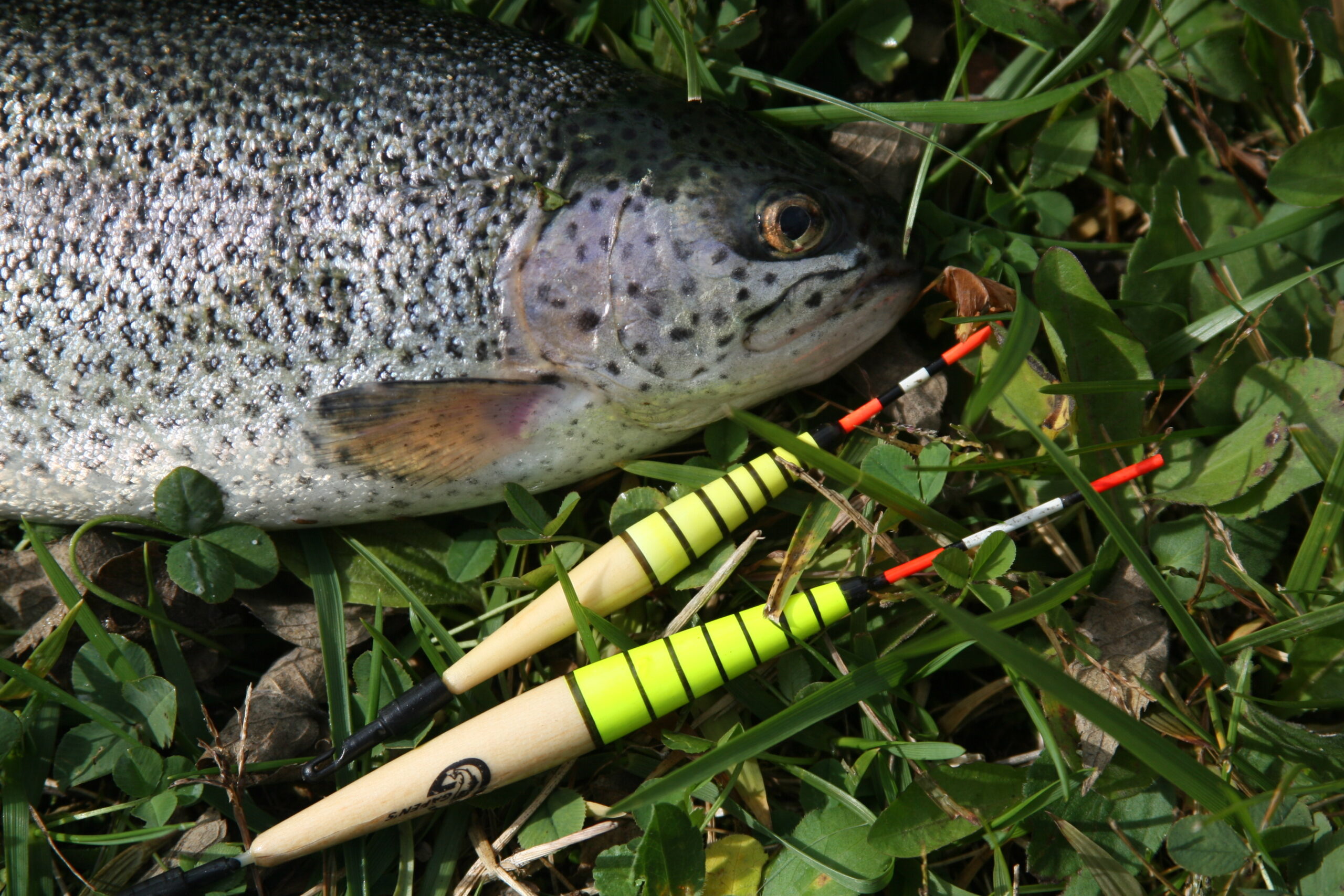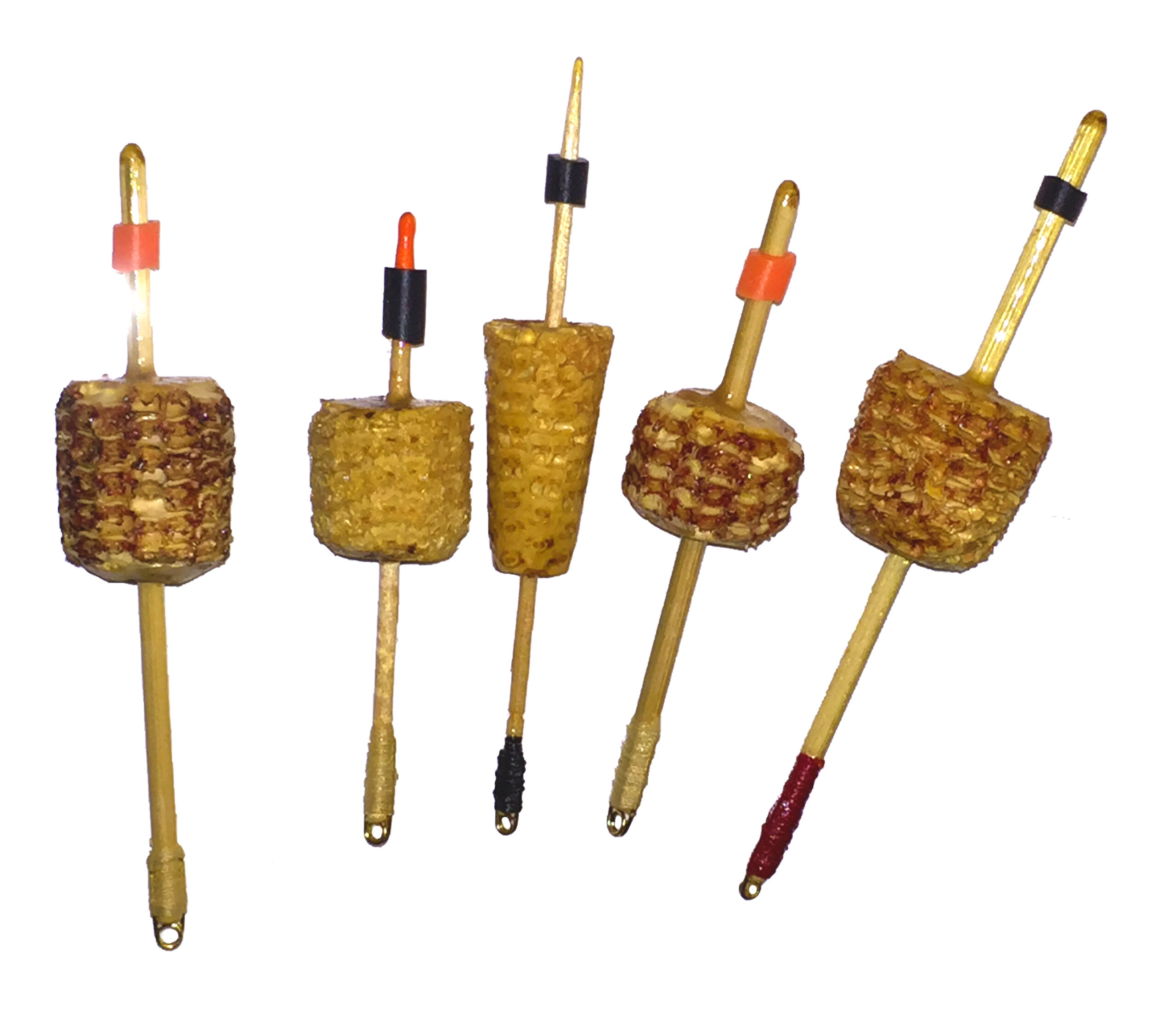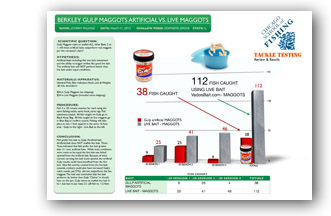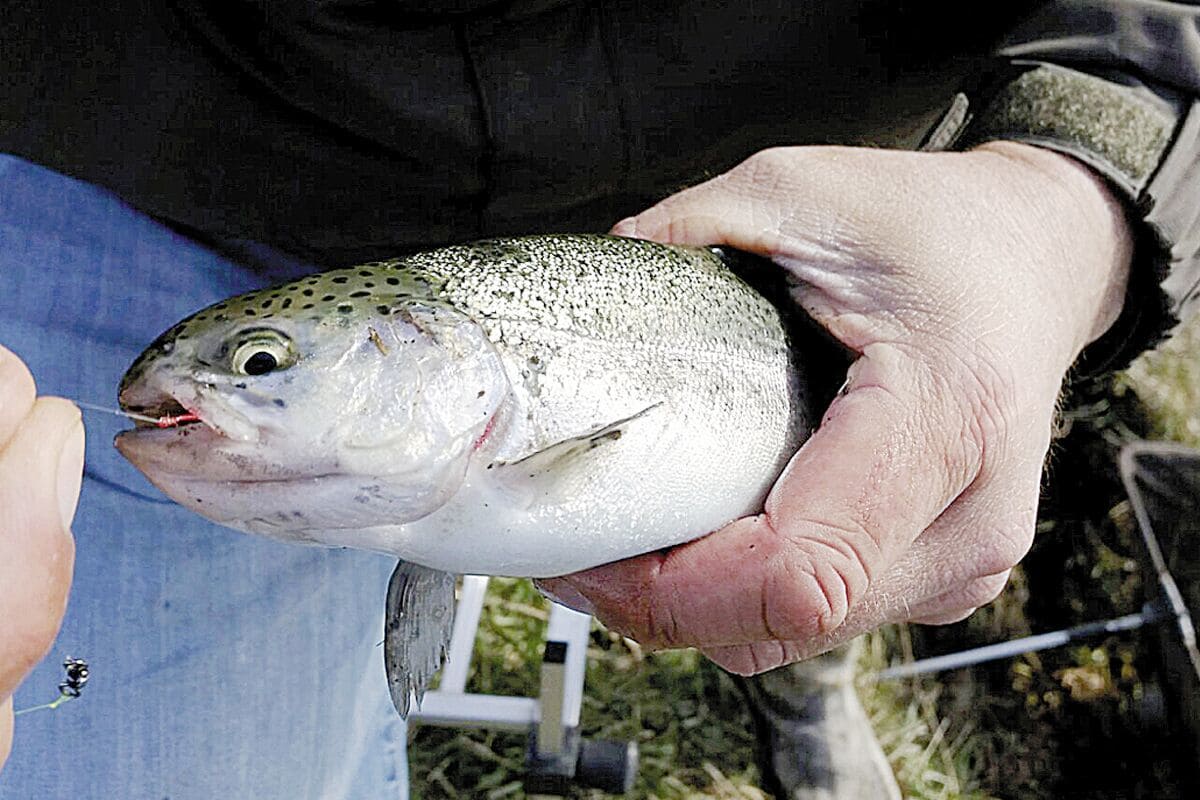Old school fishing, hard to beat. With a new set of world rules, I am taking us back to basics. Life was made simpler having stayed indoors, sheltering in place. Real life stress was shared by all of America as people came to grips with that horrible virus outbreak. I hope this column finds you and your family very safe. We are here to talk about old school fishing.
Fishing was much simpler before giant box stores, Bassmaster and especially the internet. A small number of fishers with some inside info and the best fishing spots flash giant fish at you on YouTube. They make fishing seem so easy. Fishing has become way too much like a Kardashian freak show and less like the outdoors. Tournaments demand that everyone have a glittery hot rod boat and truck combo as well as 45 rods and 20 tackle boxes. The tourney fishing fanatic doesn’t live in a real world, as around 70% of us fish from shore and use live bait.
Making fishing simpler cuts the cost but also will in the short term put more fish on the end of your rod or pole! The learning curve using floats is less steep than the television/lure/boat/truck universe. For one, you can catch a lot of fish and hefty fish closest to home.
“Fishing simple” involves a float (bite indicator or thin bobber), light line, balanced split shot setup and a really good hook with leader. Set out the tastiest, most attractive live bait, and the float is set up to show you the moment the fish takes that bait. There is no better way to catch fish consistently.
History of floats
Float fishing has been around since the 15th century. Materials were way better back in time before plastic and manufacturing. The U.S. has featured some of the poorest materials for floats and bite indicators for 50 years. We also have shelves of bad bobbers which are easy to manufacture and easy to roll off an assembly line into boxes. These are cheap and horrible bite indicator choices. Two bobbers we all need to lose are the red & white plastic round abomination and also the tube-in-the-center slip bobber. Both of these underperform or worse when fished.
Old school fishing works. In the old days, floats attached the line at the bottoms. This allows the bite indicator to see lift bites and subtle movements. Because light, thin floats balance vertically when attached at the bottom, any movement or change of alignment is a fish, or the hook hung on weeds or a drop-off.
Red and whites, plastic bobbers and the tube-through-center slip bobber all are made unbalanced by the line coming off the top of the bobber. This tilts them for no reason, makes them sit crooked and masks bites. I would say some 50 to 60% of the bites are hidden or too subtle when using RWs and “tuber” slip bobbers, and we miss out on fish.
In the 20th century, manufacturing started using plastics and heavier materials. The shape of floats also changed to be fatter and more round. These are bad traits for a good bite indicator.
Lighten up…and simplify
Before the water warms fully, cooler May waters will feature a subtle take from fish. Smaller, thinner and lighter bite indicators will barely move. Heavier, bigger round bobbers will not move at all. Most new bobber materials are no match for the old materials like much lighter crow quill, porcupine quill, reed floats or the peacock quill floats of old. I would put my money on George Washington; his two-sided crow quill waggles vs. your plastic slip bobber. In warming waters, choose thin, balsa floats such as the Gapen fishing lineup or Live Bait Tackle’s stick float and you will see a lot more bites this summer.
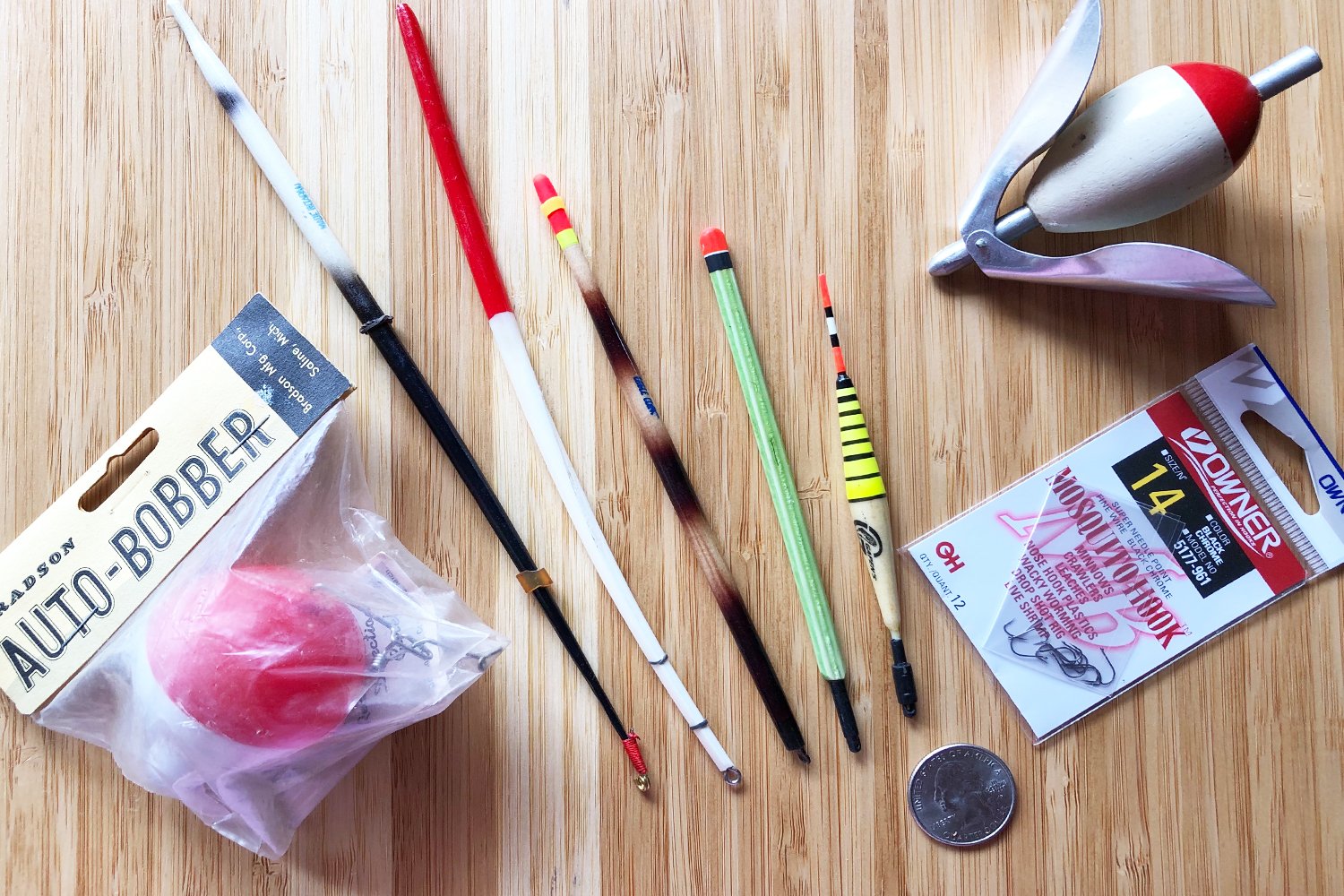
Simplify your setup by doing a couple things to catch more fish. Buy premium steel hooks which are smaller. Ditch cheap wire bait-holder hooks! These are far too heavy and the sizes are far too big. Fish detect and avoid them, resulting in no bite or lost fish.
My number one super fishing tip to you is to tie 6 to10 lengths of leader line to two sizes of steel hooks. The Owner Mosquito size 12 and 14 hooks are my favorite. Fish don’t detect these and they are strong on 2- to 3-pound leader line. The thinner line will also slip past fish, and it flexes! I fish 4-pound line on the reel or pole, which will take down a 6- to 10-pound fish on a large spinning reel.
Put 6 to 10 spare leader lines (and hooks) on a plastic leader card. I tie 6- and 8-inch lengths attached to a swivel between the main line (reel) and the leader. Check out YouTube.com/ChicagoFishing to see a video on making leader lines and start tying your own snells.
Now is a good time to make a major improvement: your rod. I use a 10-foot graphite Kevlar rod which is stiff for accuracy, longer for float casting, which you can find on LiveBaitFishingTackle.com. For those of us who fish from shore and sometimes a boat, this longer rod casts further, sets the hook faster and helps to play bigger fish as well as fish at long distance. I use the big rod for throwing floats.
Jigging
When jigging, I use the same brand of rod for sensitive jigging in the 5’6” and 6’ 0” lengths. These jigging rods also feature the Kevlar-wrapped rod blank with Boeing carbon. They are so sensitive that I can feel the difference in structure! This past year fishing the same lakes I always do, I picked up a lot more hits after switching to these Gapen jigging rods vs. my old favorites. These are way underpriced!
Change your main line down to 4-pound line. I use bright green Gamma Panfish line so I can see it easier. This thinner line casts much farther than 6- to 8-pound.
Old School Fishing – Better bait = better fishing
The last item you should change to really improve your catch this season is using top quality live bait. Find the best live bait store near you. If you have to, you can mail order bait in a larger quantity. This time of the year it will ship well before it is too hot.
Take care of your bait! Healthy live bait means a better catch. What people call “garbage fish” prefer super-fresh bait. Nothing on the planet looks better to fish than fresh bait. Your moving bait with perfect smells will be the ultimate attractant. Nothing in a jar can match nature. Fish know it.
